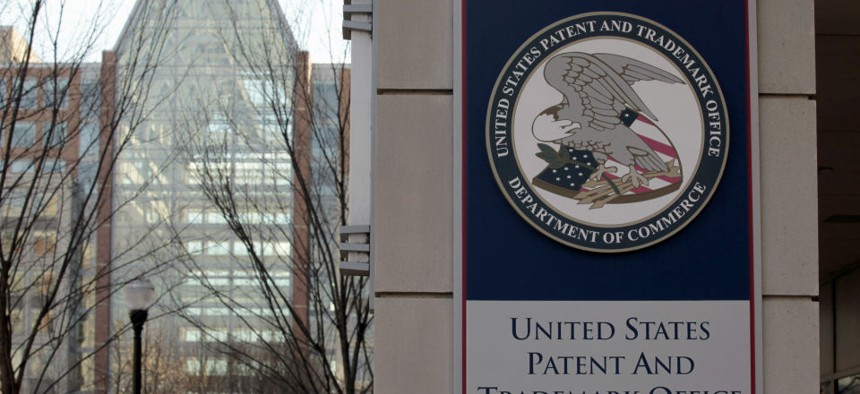
Alex Brandon/Associated Press
If Patent Office Staff Lied About Hours Worked, Why Are They So Productive?
Union chief defends telework program, says managers’ claims of abuse are unfounded.
The president of the Patent Office Professional Association blasted a recent Washington Post story alleging that some patent examiners who telecommute routinely lied about the hours they worked.
Robert Budens, whose association represents 8,000 examiners and other professionals, told Government Executive on Wednesday that the initial internal Patent Office report on which the newspaper partially relied was based on an “inaccurate draft” prepared by the agency’s human resources officers. He also insisted that any misreporting of time and attendance were “not telework issues but management issues.”
The Aug. 11 Post story described two versions of the report, one of which was heavily rewritten by the agency’s general counsel and chief administrative officer. The revised draft struck the Commerce Department inspector general as having been edited to downplay the problem.
“This is not an issue of geography or where people here are located,” Budens said. “Telework is a very successful program that has helped the agency accomplish many of its goals. It allowed us to hire examiners and keep them while we work down the applications backlog and reach the goals that Congress and the user community have been after us to do for a while.”
Budens said the Patent Office -- whose telework program is highly rated -- has reduced its attrition rate among examiners to 3.5 percent from 13.5 percent a decade ago when, in the George W. Bush administration, 10 percent of examiners were let go and the agency had to hire two examiners for every slot just to replace those leaving. “One of the benefits that keeps examiners is telework,” he said. “But the people in employee relations [who wrote the first report] were showing their biases toward wanting to be able to fire examiners.”
The general counsel, he said, “used the same data” and wrote a different report. “It’s ridiculous to conclude that management does not have the ability to take care of people who are messing with the system,” he said. “This agency represents people in investigatory meetings almost every day of week. We’ve always had the ability to deal with problem employees, and our appraisals are written with performance standards.”
As patent examiners climb the ranks from GS-9 to GS-12 and GS-14, Budens added, their production requirements increase accordingly. Examiners are expensive to train, and “by keeping them, we keep the productivity of the agency up,” he said.
The union leader said the Post story was a blow to staff morale. “It troubles me that this stuff was leaked, when in fact it was an internal document, not completed,” he said.
He points to comments in the original report from employee relations staff complaining of a lack of access to time records, describing managers as “frustrated” and “being told to look the other way.” That’s the type of thinking, Budens said, that “hits morale and kept us for years in the basement” of the rankings of agencies that are the best places to work.







